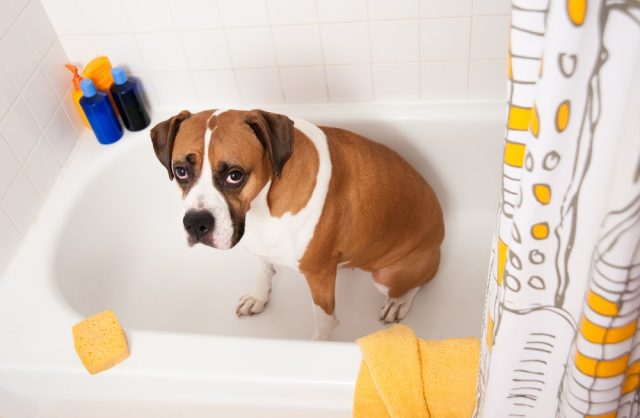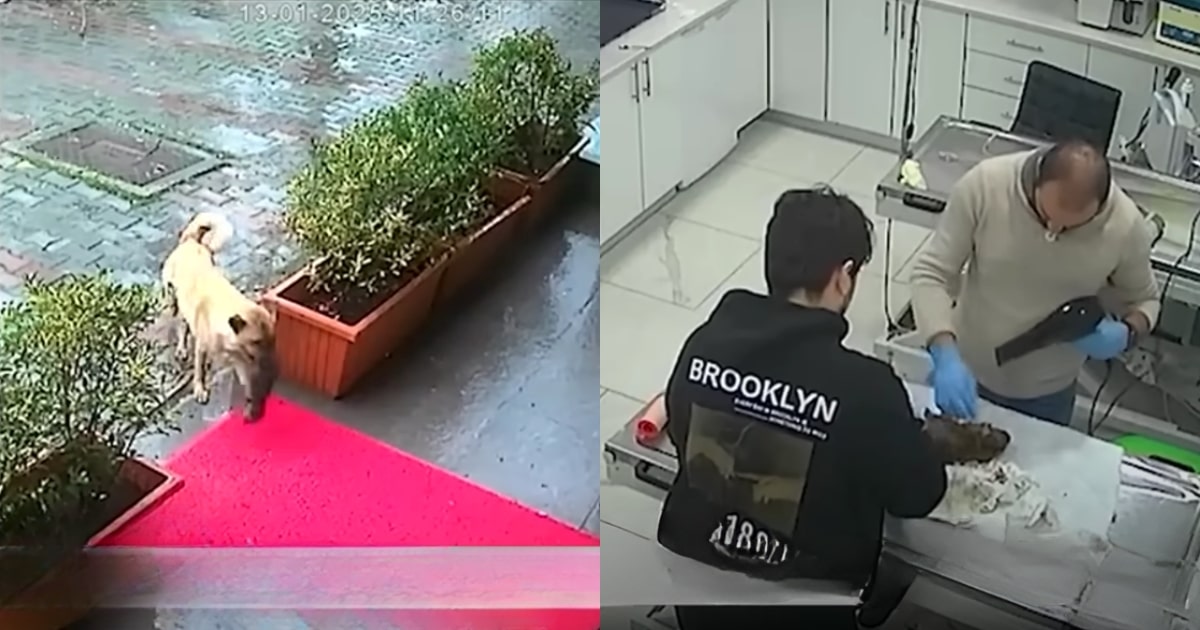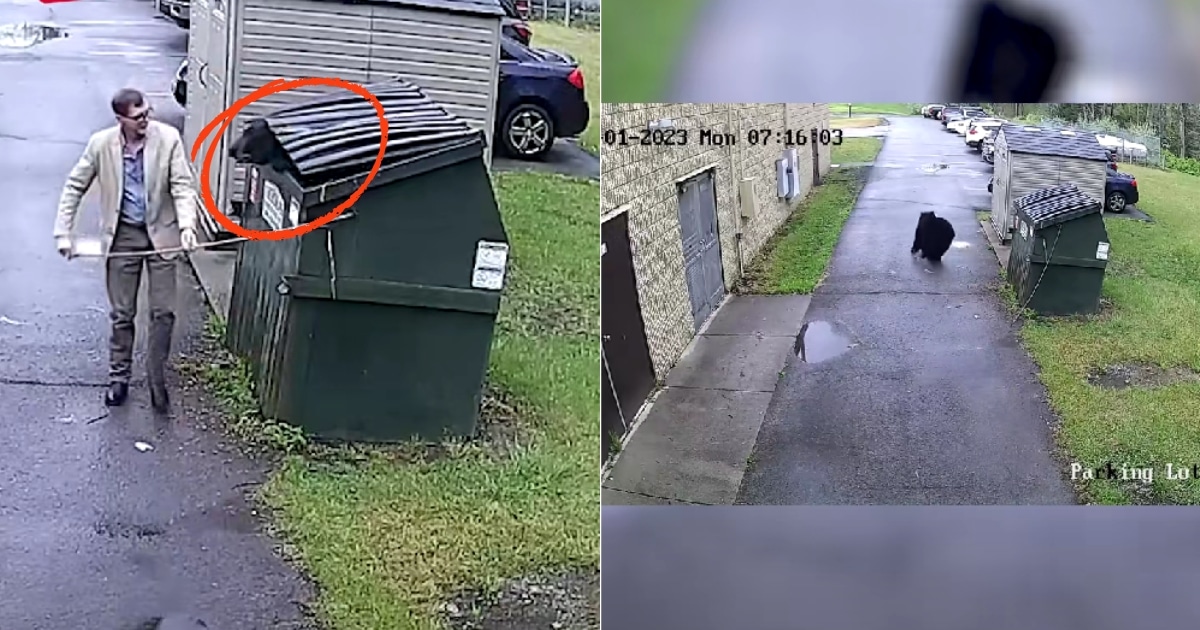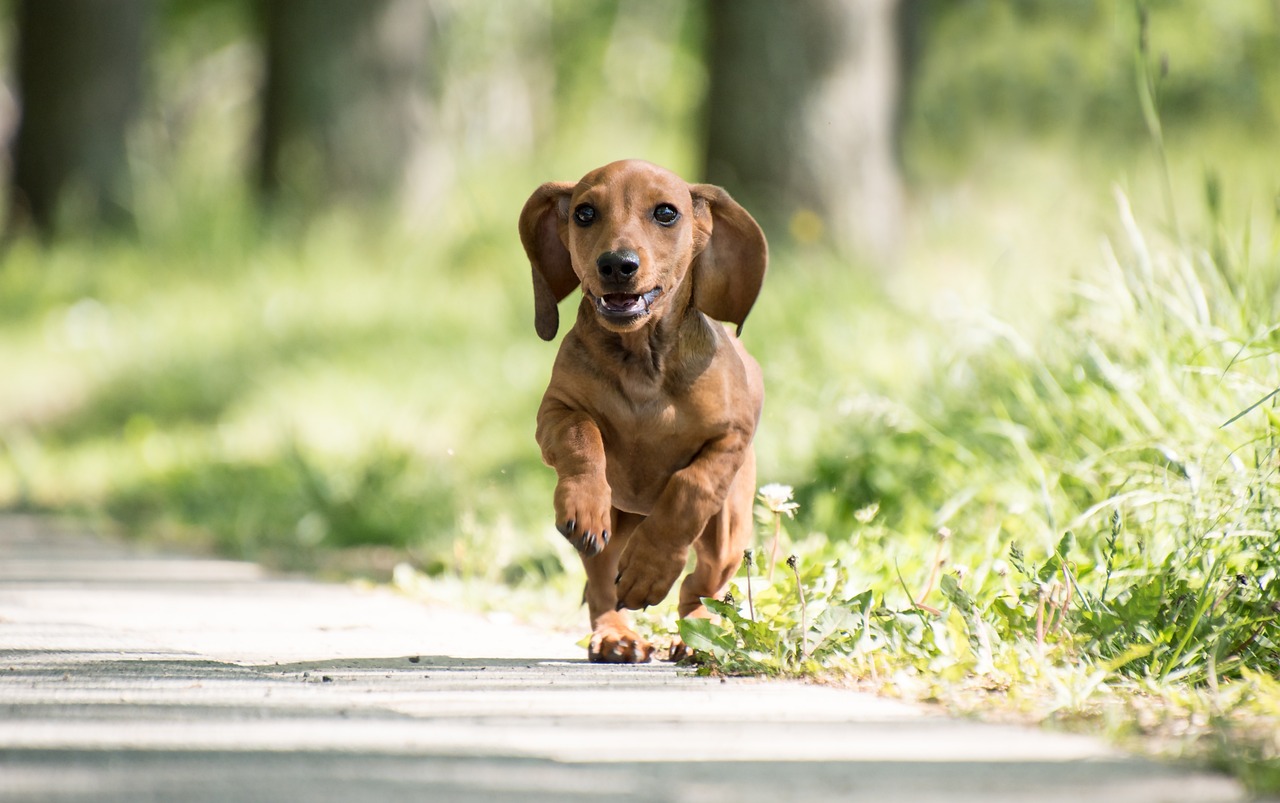Hurricane season can be a stressful time for everyone, but it’s especially dangerous for our pets who depend on us for safety. Dogs, in particular, may become frightened or disoriented during a storm, increasing the risk of injury or separation. Whether you live in a hurricane-prone area or are just visiting, planning ahead is crucial. By taking a few simple but vital precautions, you can ensure your dog is protected before, during, and after the storm. This guide offers actionable advice to help dog owners prepare for hurricanes and safeguard their pets every step of the way.

Create an Emergency Kit for Your Dog
One of the first steps in hurricane preparedness is assembling a pet emergency kit. This kit should include at least three to five days’ worth of food and bottled water for your dog, along with collapsible food and water bowls. Add any medications your pet needs, plus flea and tick prevention treatments if relevant. Don’t forget items like a leash, harness, waste bags, and a favorite toy or blanket for comfort. A printed copy of your dog’s medical records, including vaccination history, and a recent photo are also essential in case you get separated.
Secure Proper Identification and Microchipping
In the chaos of an evacuation or storm damage, pets can easily become lost. Ensuring your dog wears a collar with up-to-date ID tags is a must. Tags should include your dog’s name, your phone number, and if possible, an emergency contact. Microchipping provides a permanent form of identification and can significantly increase the chances of being reunited with your pet if you’re separated. Be sure the microchip registration information is current, and consider registering with services like the AKC Reunite or HomeAgain for added protection.

Know Your Evacuation Plan and Pet-Friendly Shelters
Not all emergency shelters allow pets, so research ahead of time to identify pet-friendly options. Check with local animal shelters, veterinary clinics, and hotels in neighboring towns or states. The Humane Society, Red Cross, and PetFriendlyTravel.com are excellent resources for finding accommodations that welcome pets. Include your dog in evacuation drills so they become familiar with the process. Pack a crate or carrier large enough for your dog to stand and turn around in, which may be required at shelters.
Prepare Your Home to Be Pet-Safe
If evacuation isn’t possible and you must ride out the storm at home, make your environment as safe as possible for your dog. Choose a secure, interior room away from windows, such as a bathroom or laundry room, to shelter in during the storm. Remove any toxic plants, household cleaners, or small items your dog could ingest while stressed. Close off hiding spots like under beds or behind appliances where your dog could get trapped. Make sure to have a flashlight, batteries, and a pet first-aid kit on hand.

Calm Your Dog During the Storm
Loud noises, pressure changes, and flashing lights can terrify even the most even-tempered dogs. Provide calming distractions like chew toys, puzzle feeders, or a favorite stuffed animal. Consider using a Thundershirt or anxiety wrap to help reduce stress. You might also speak to your veterinarian about anti-anxiety medications or calming supplements. Keep your voice soothing and maintain a calm demeanor to signal to your dog that they are safe. Playing soft music or white noise can also help muffle storm sounds and keep your dog relaxed.
Monitor Your Dog Post-Storm
After the hurricane passes, dangers may still be present. Broken glass, fallen trees, displaced wildlife, and contaminated water pose significant hazards to pets. Keep your dog leashed when outdoors until the area has been declared safe. Be vigilant for signs of stress or illness such as vomiting, diarrhea, excessive panting, or withdrawal. If your dog was exposed to floodwater, contact your vet to discuss potential risks such as leptospirosis or other infections. Resume your dog’s normal routine gradually to help them recover from the trauma.

Conclusion: Proactive Planning Saves Lives
Hurricanes can strike with little warning, but taking proactive steps can make a life-saving difference for your dog. By creating an emergency kit, securing identification, and researching evacuation options, you’re laying the groundwork for your pet’s safety. Preparing your home and knowing how to comfort your dog during the storm will help minimize fear and panic. Post-storm vigilance ensures your dog’s health and well-being as your community recovers. With thoughtful preparation, you can face hurricane season with confidence—knowing your furry family member is protected.

 6 hours ago
2
6 hours ago
2


















 English (US) ·
English (US) ·